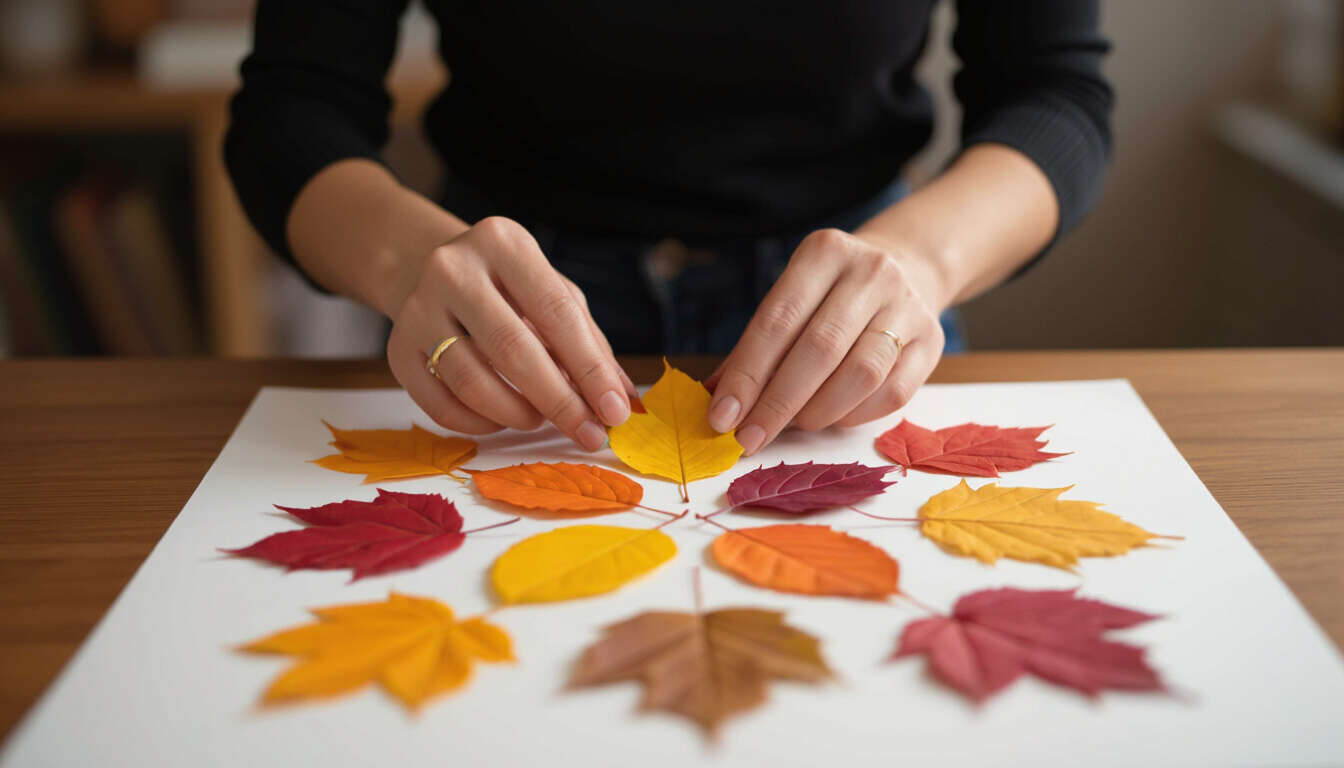Fall Routines for Adults with ADHD
 by Lilian Nienow
by Lilian Nienow
Discover practical strategies to create effective fall routines that support focus and daily life for adults with ADHD. Learn how simple adjustments can lead to greater organization and motivation during seasonal changes.

Fall often means new beginnings, like starting school or adjusting to cooler weather. This time can bring extra challenges for those with ADHD. Many adults and young adults find that shorter days and busier schedules make it harder to stay on track. Recognizing these difficulties is the first step toward building habits that work.
Why Fall Routines Matter
Seasonal shifts can disrupt normal patterns, making it tougher to maintain consistency. For individuals with ADHD, this might mean struggling with distractions or feeling overwhelmed by tasks. Creating routines helps bring structure without adding pressure. Think of it as setting gentle guideposts to ease through the day.
One helpful approach is to start small. Begin by identifying key daily activities, such as waking up or preparing meals. This method allows for gradual changes that build confidence. For example, setting a consistent bedtime can improve rest and energy levels.
Simple Techniques to Try
Here are some strategies that can fit into fall life:
- Use timers to break tasks into shorter segments. This keeps things manageable and reduces frustration.
- Keep a visual planner with notes on weekly goals. It serves as a quick reference to track progress.
- Incorporate movement, like a short walk outside, to refresh focus during the day.
- Pair routine tasks with enjoyable activities, such as listening to music while organizing.
These ideas emphasize flexibility, allowing adjustments based on how you feel. Remember, it's about progress, not perfection.
Another aspect is prioritizing self-care. Ensuring time for relaxation can prevent burnout. Activities like reading or hobbies provide a needed break. When routines include these elements, they become more sustainable.
Working with others can also make a difference. Share your plans with a trusted friend or family member for accountability. This creates a supportive environment without judgment.
In practice, many find that combining these strategies leads to better outcomes. For instance, using a planner alongside timers helps maintain focus on priorities. Over time, this builds a sense of accomplishment.
Staying Motivated
It's normal to have ups and downs with routines. Celebrate small wins to keep encouragement going. Reflecting on improvements can reinforce positive habits. As fall progresses, you'll likely notice more stability in daily life.
Ultimately, these approaches offer a way to handle challenges with kindness. By integrating them into your routine, you can navigate the season more smoothly and feel empowered in the process.
